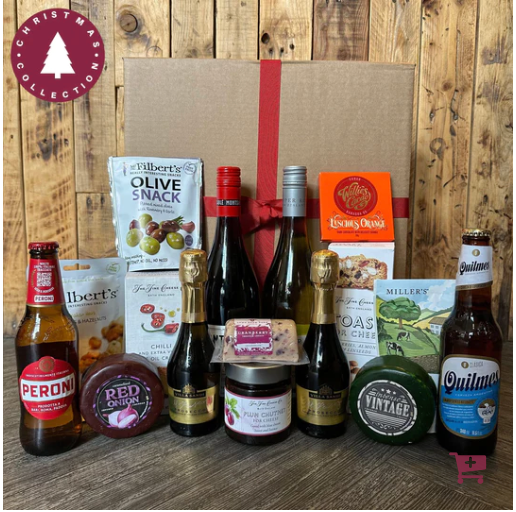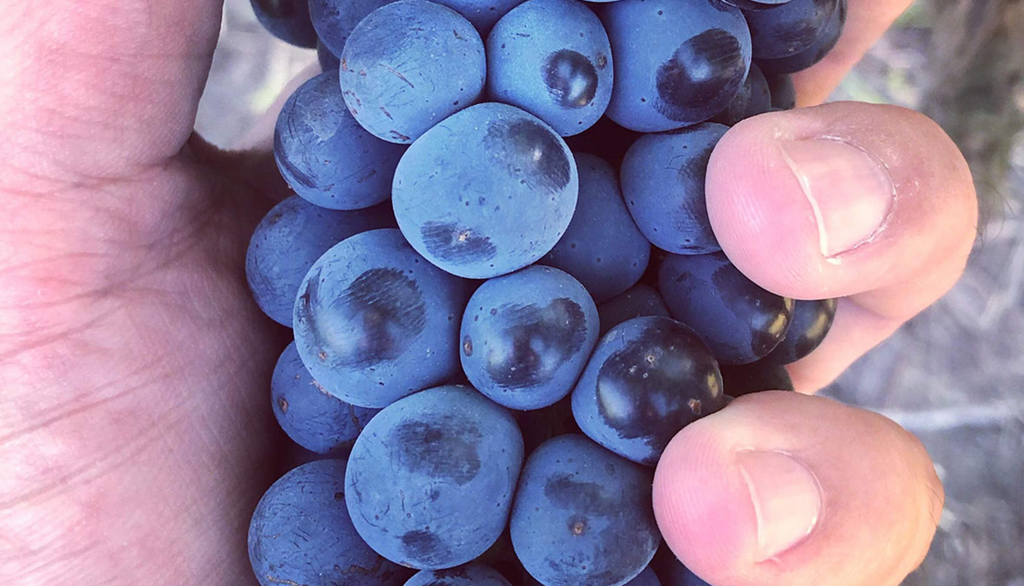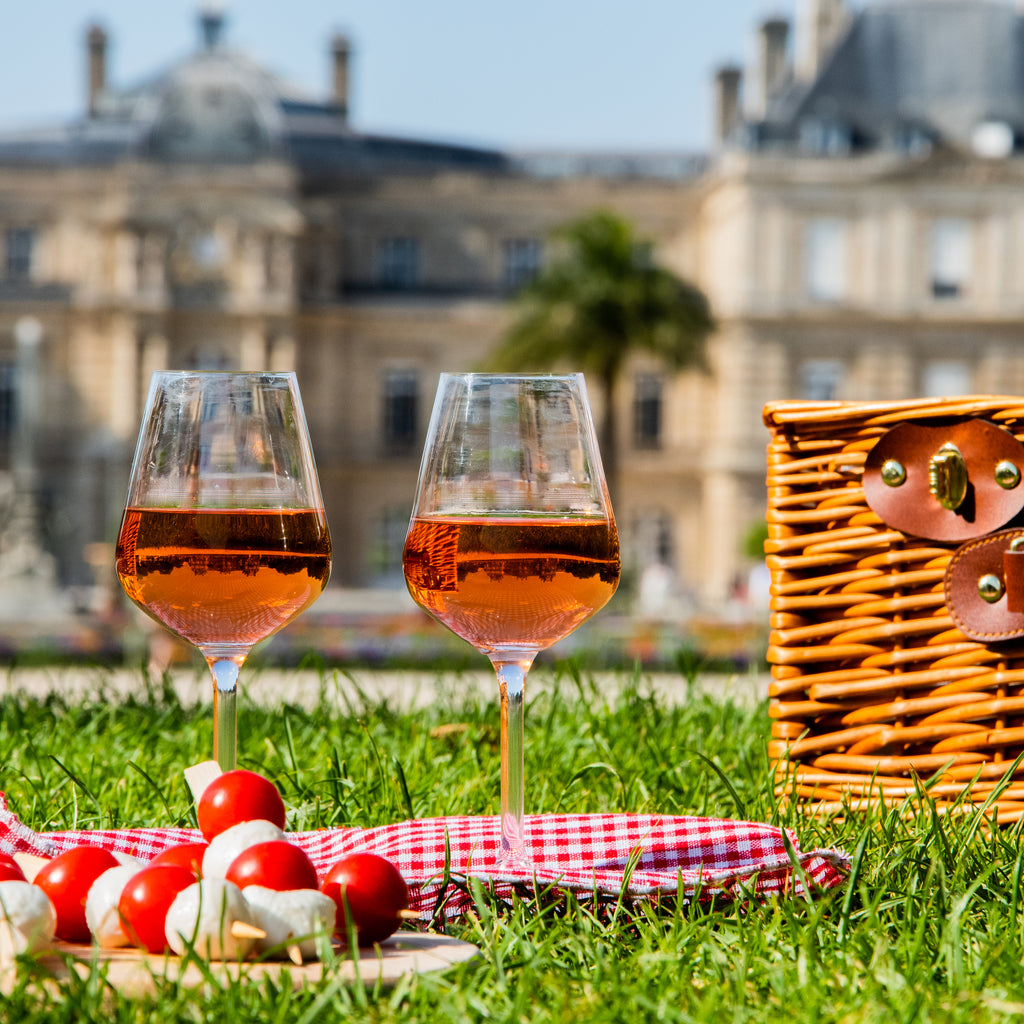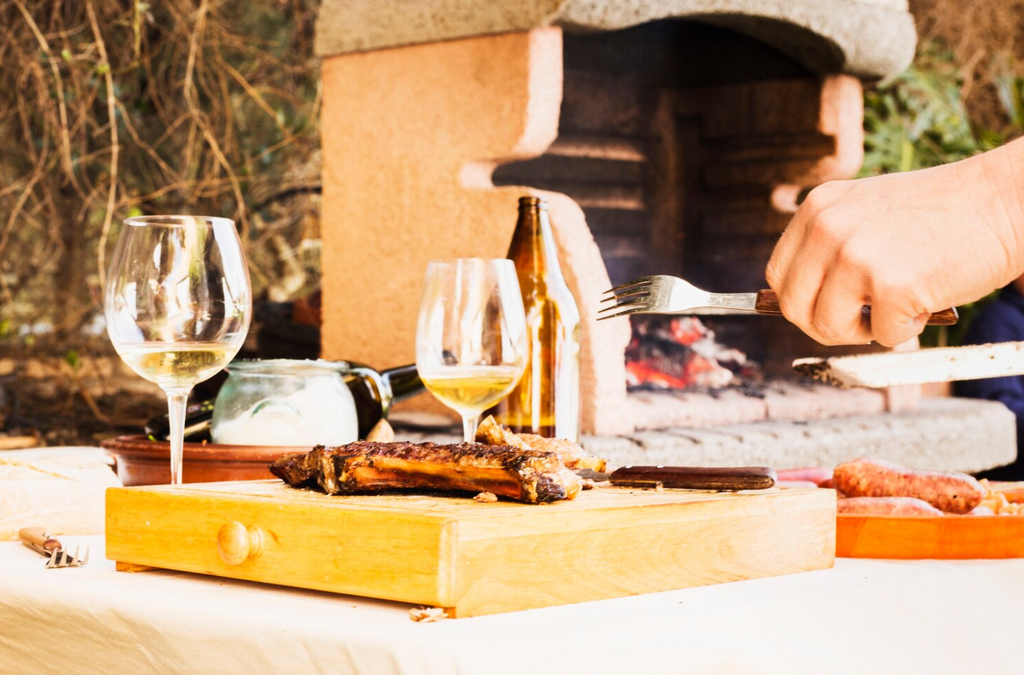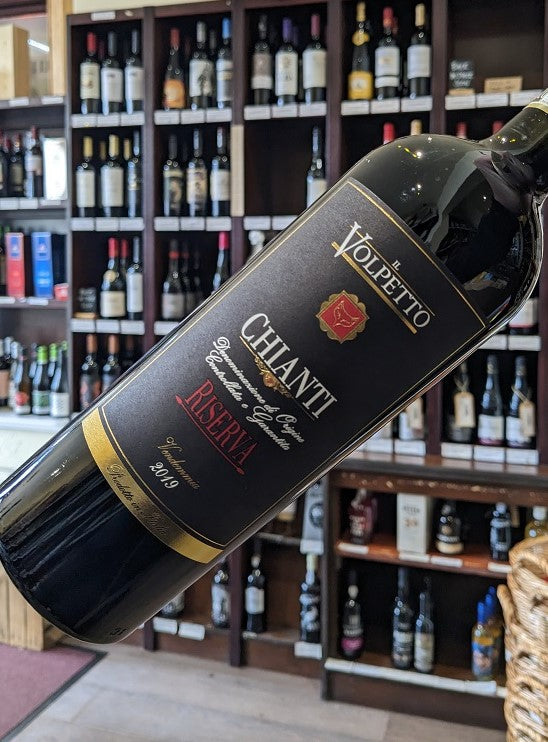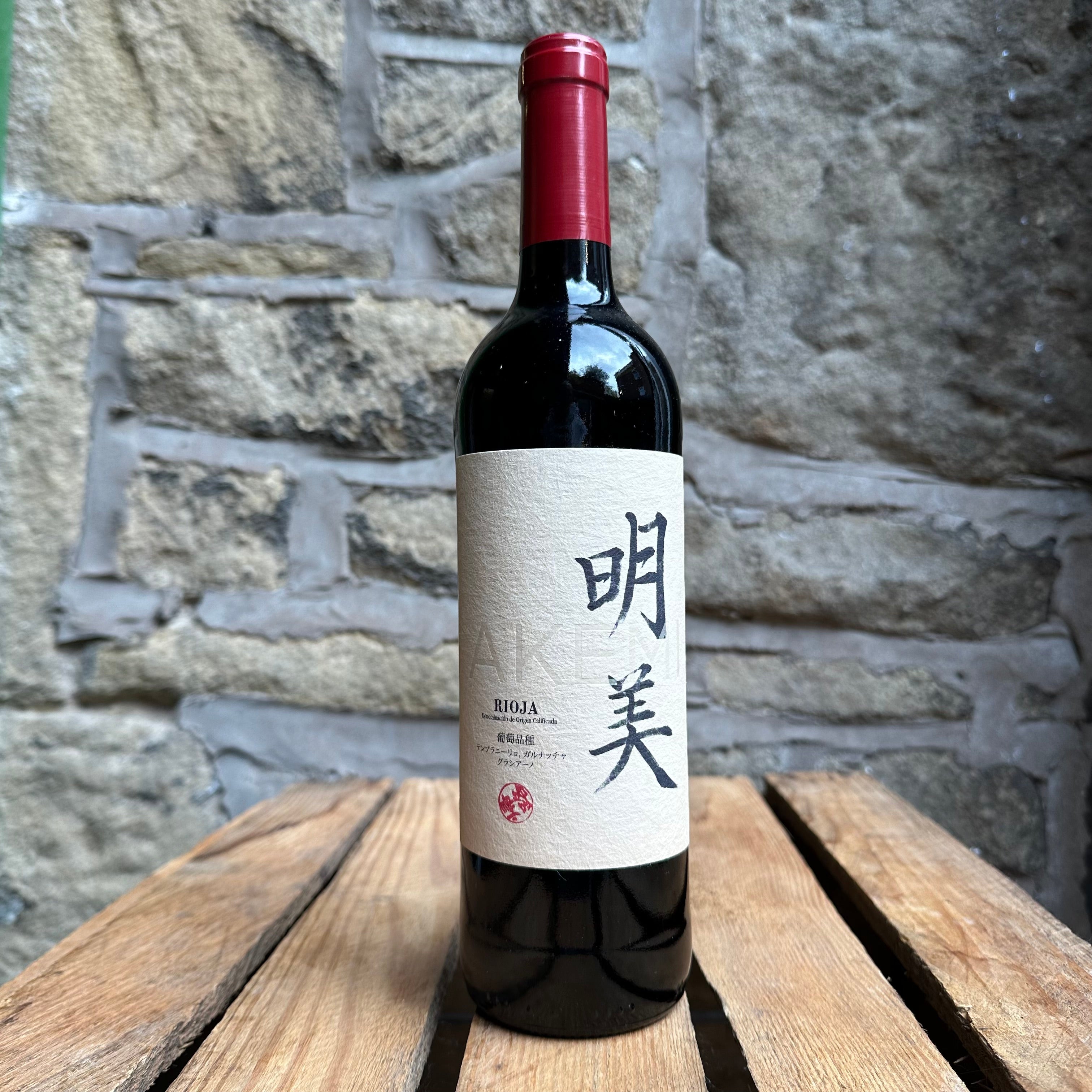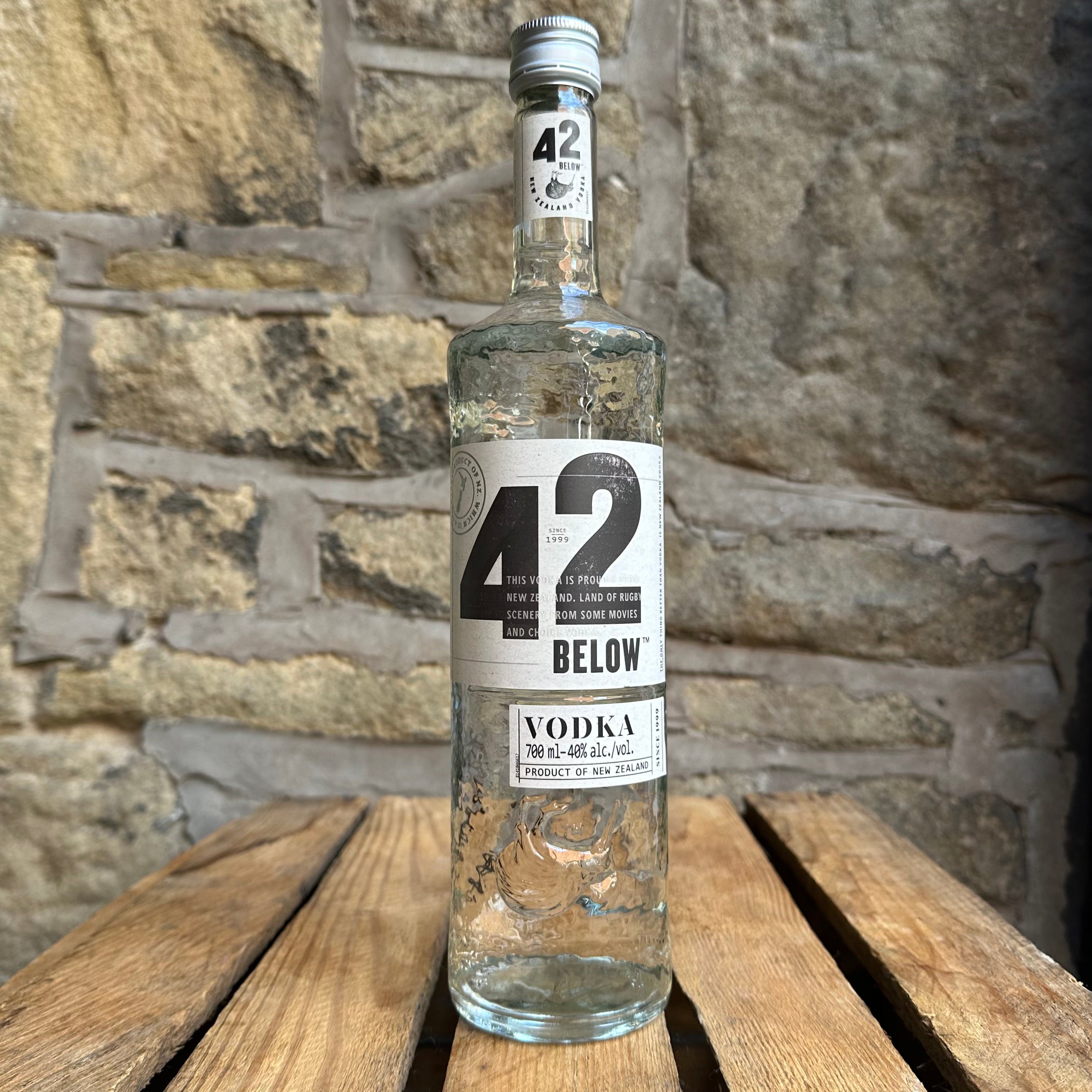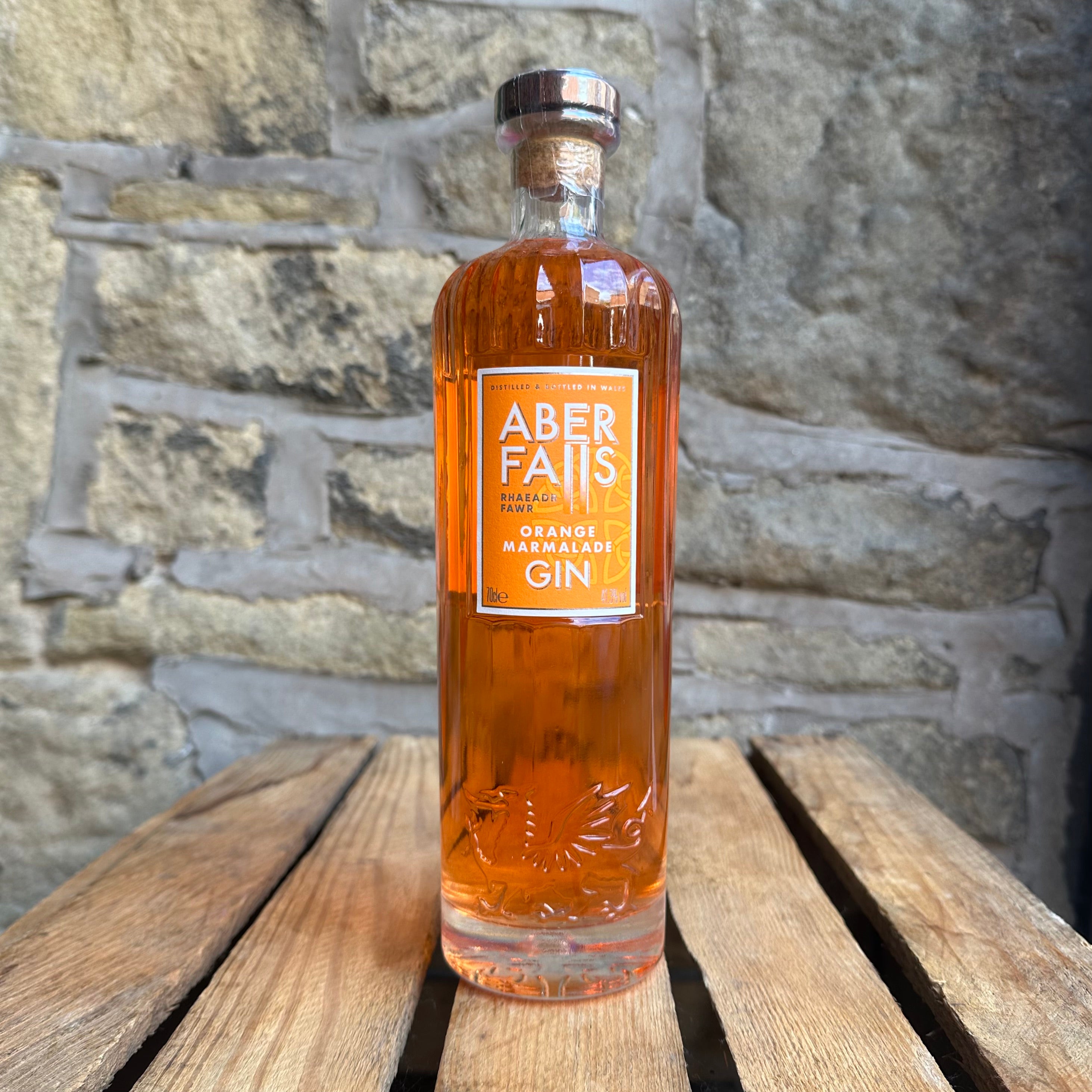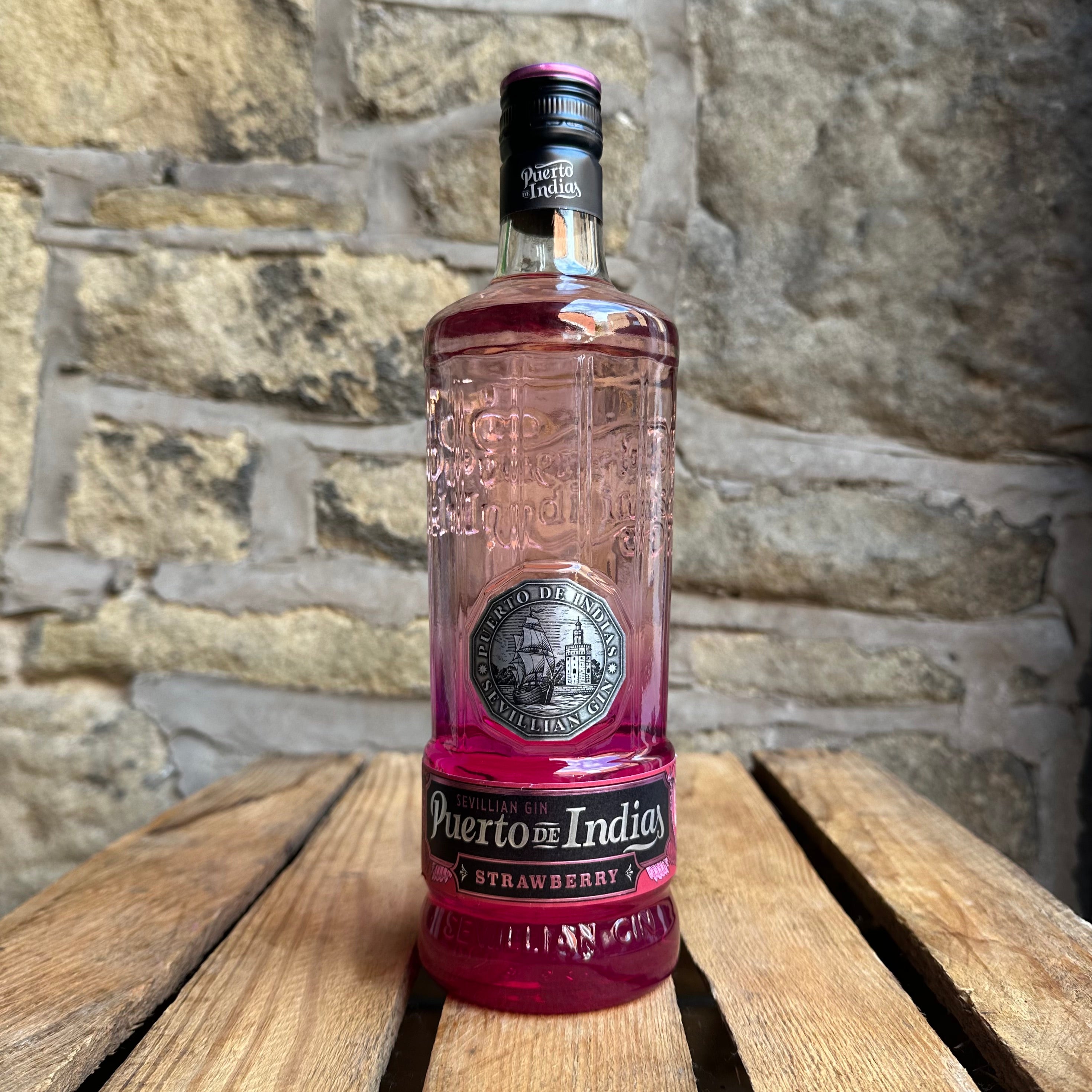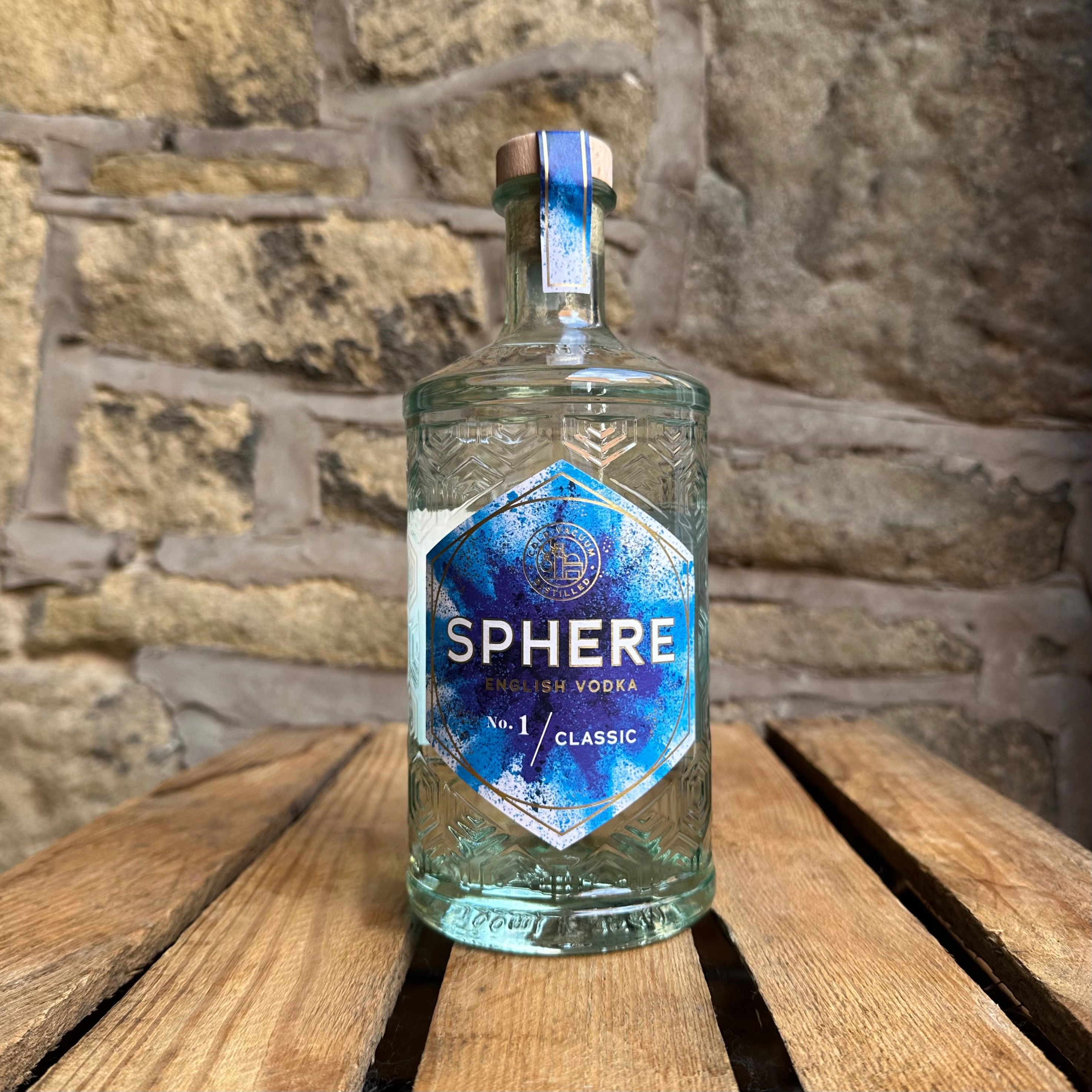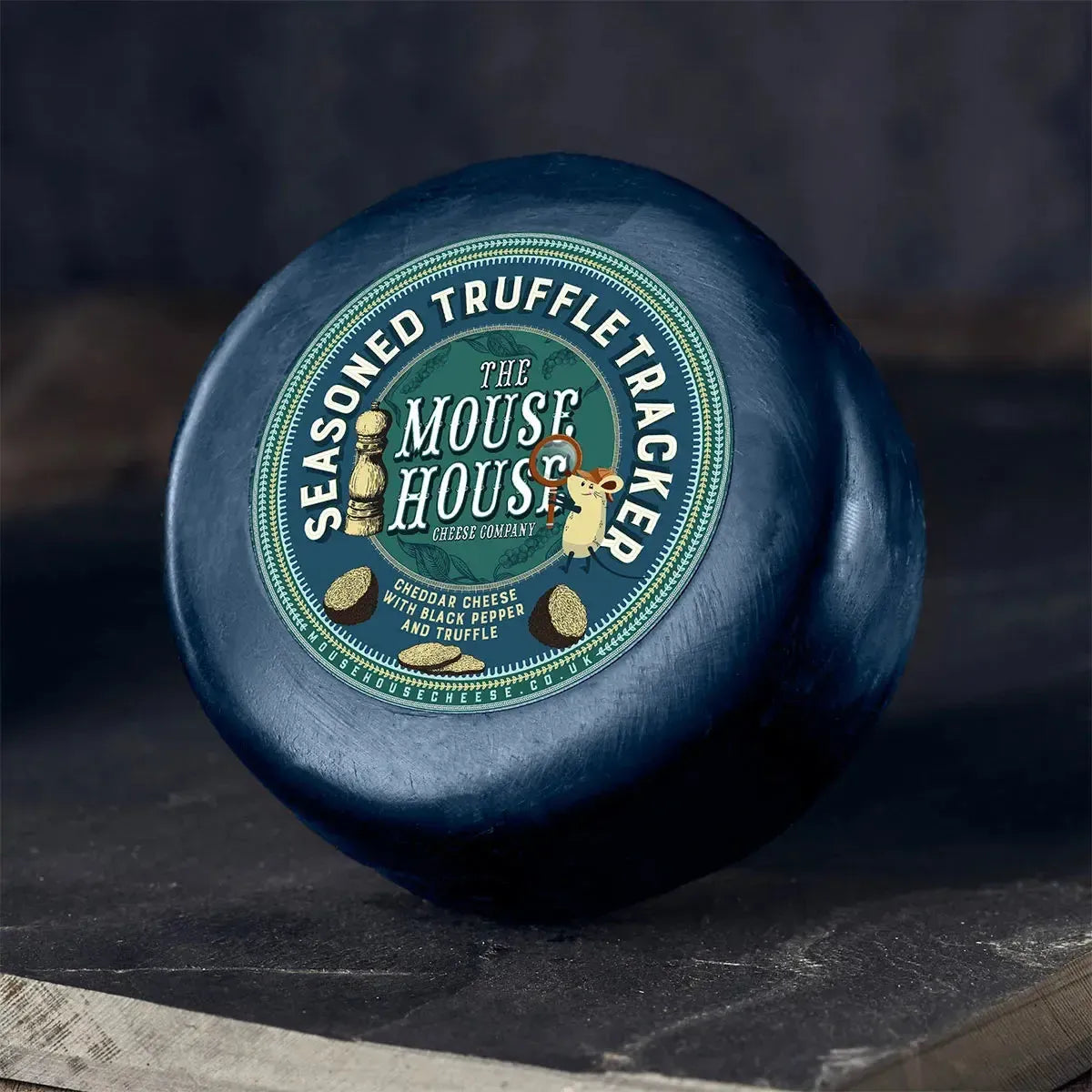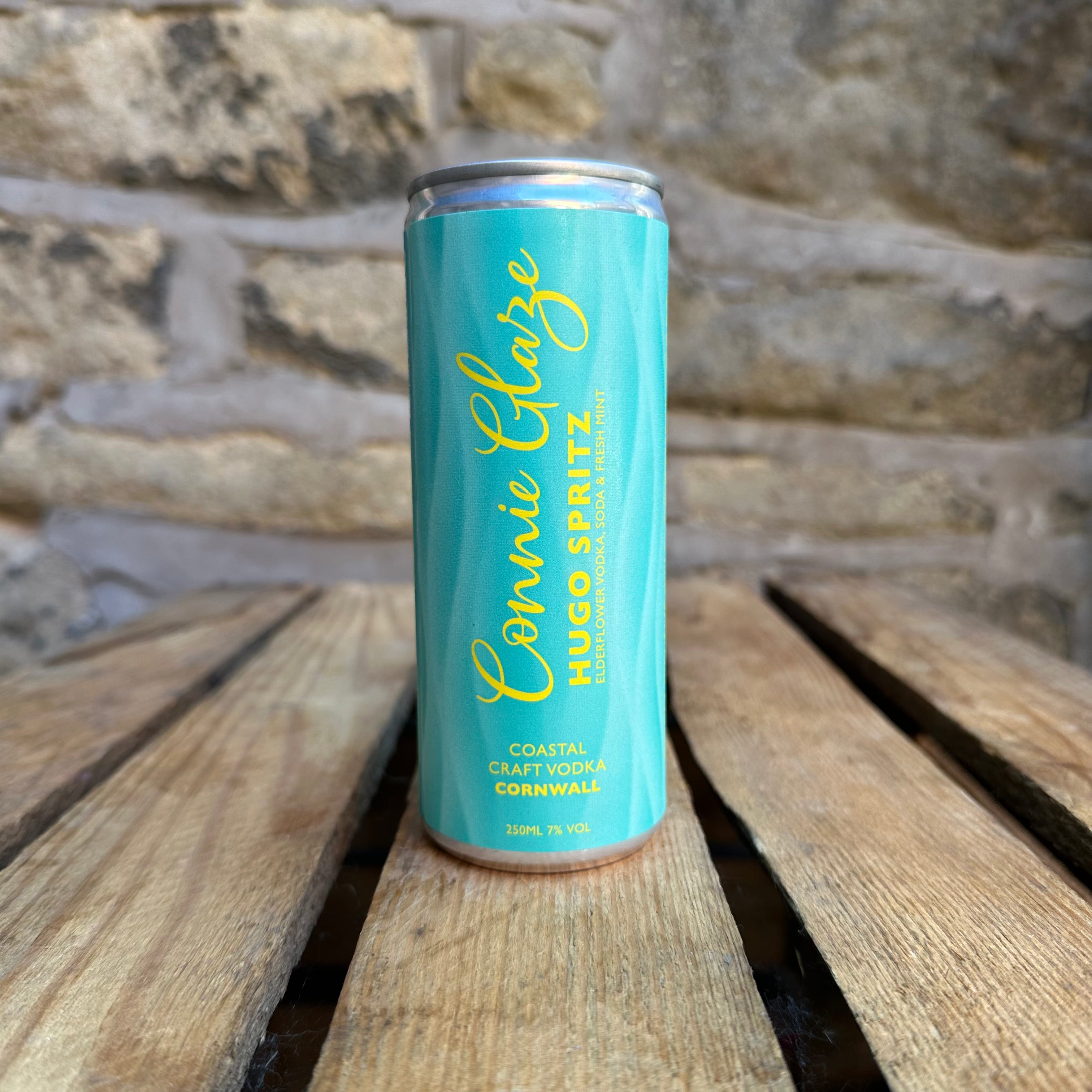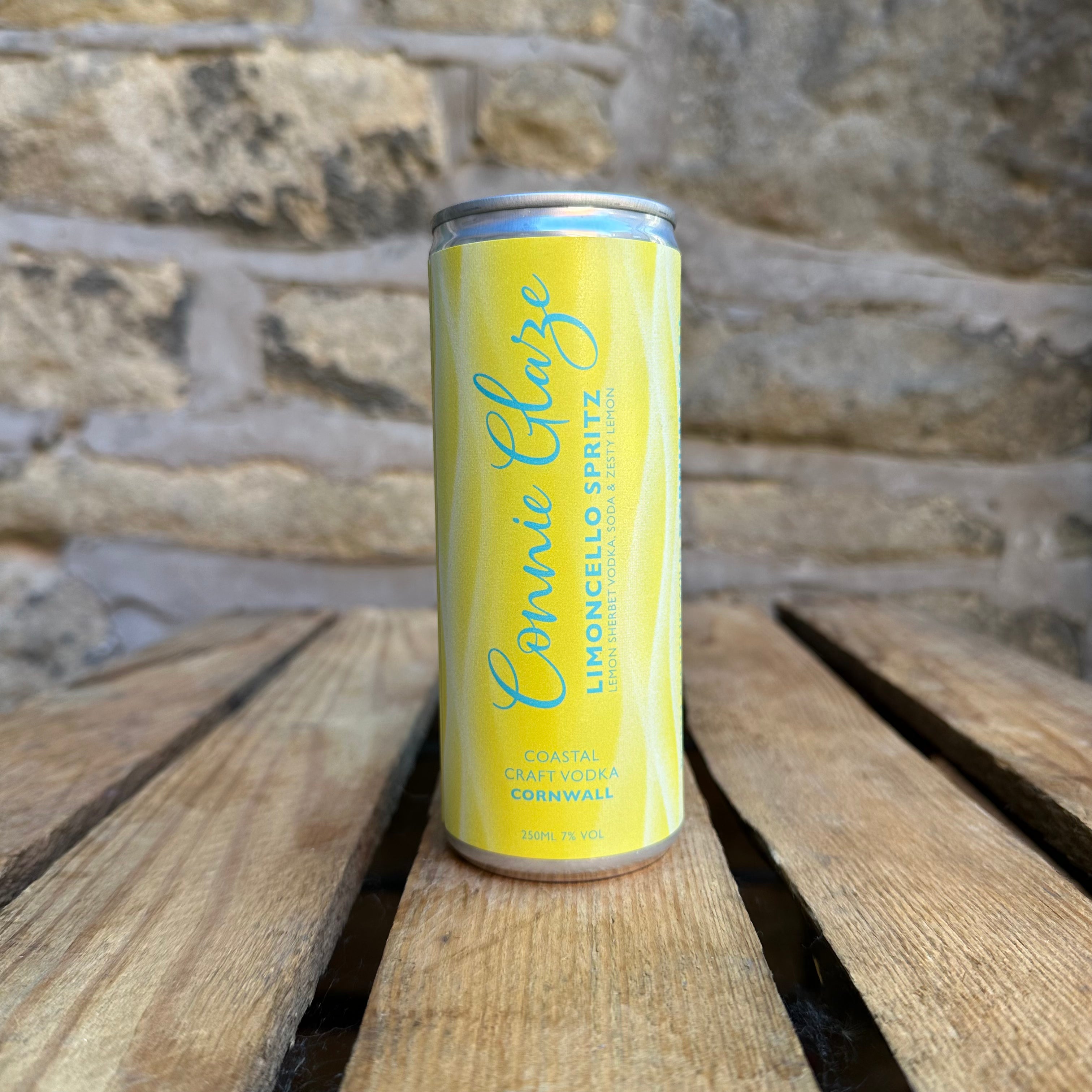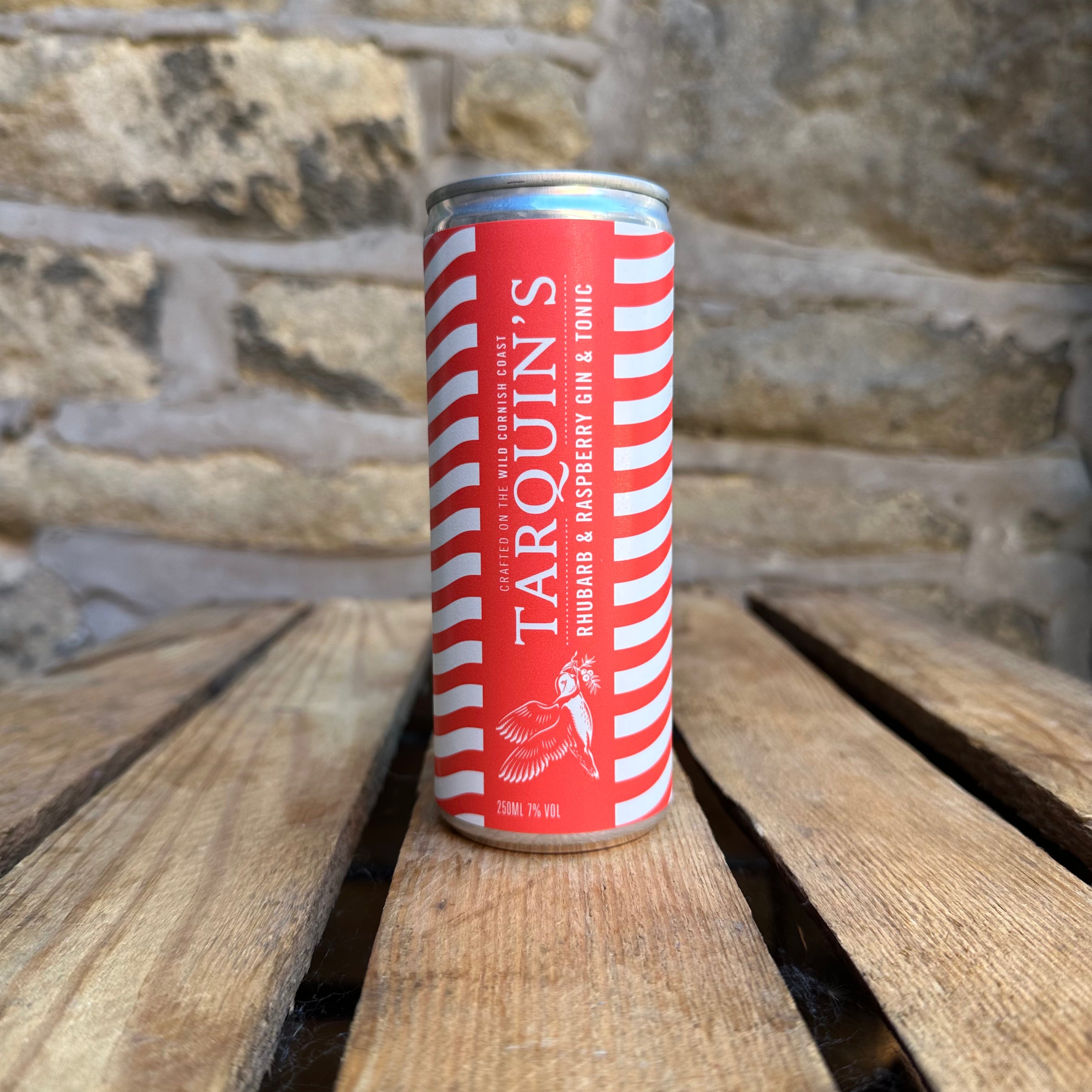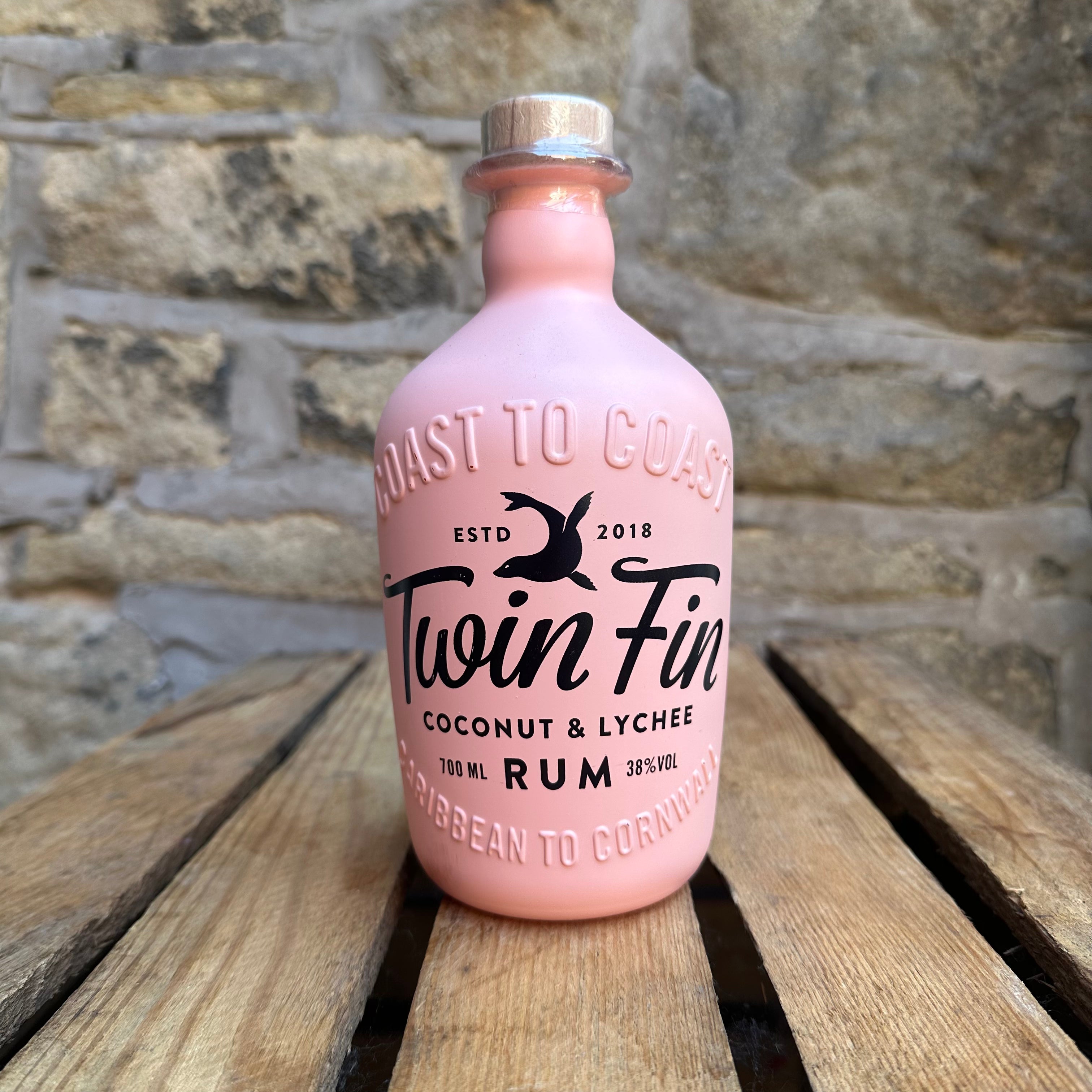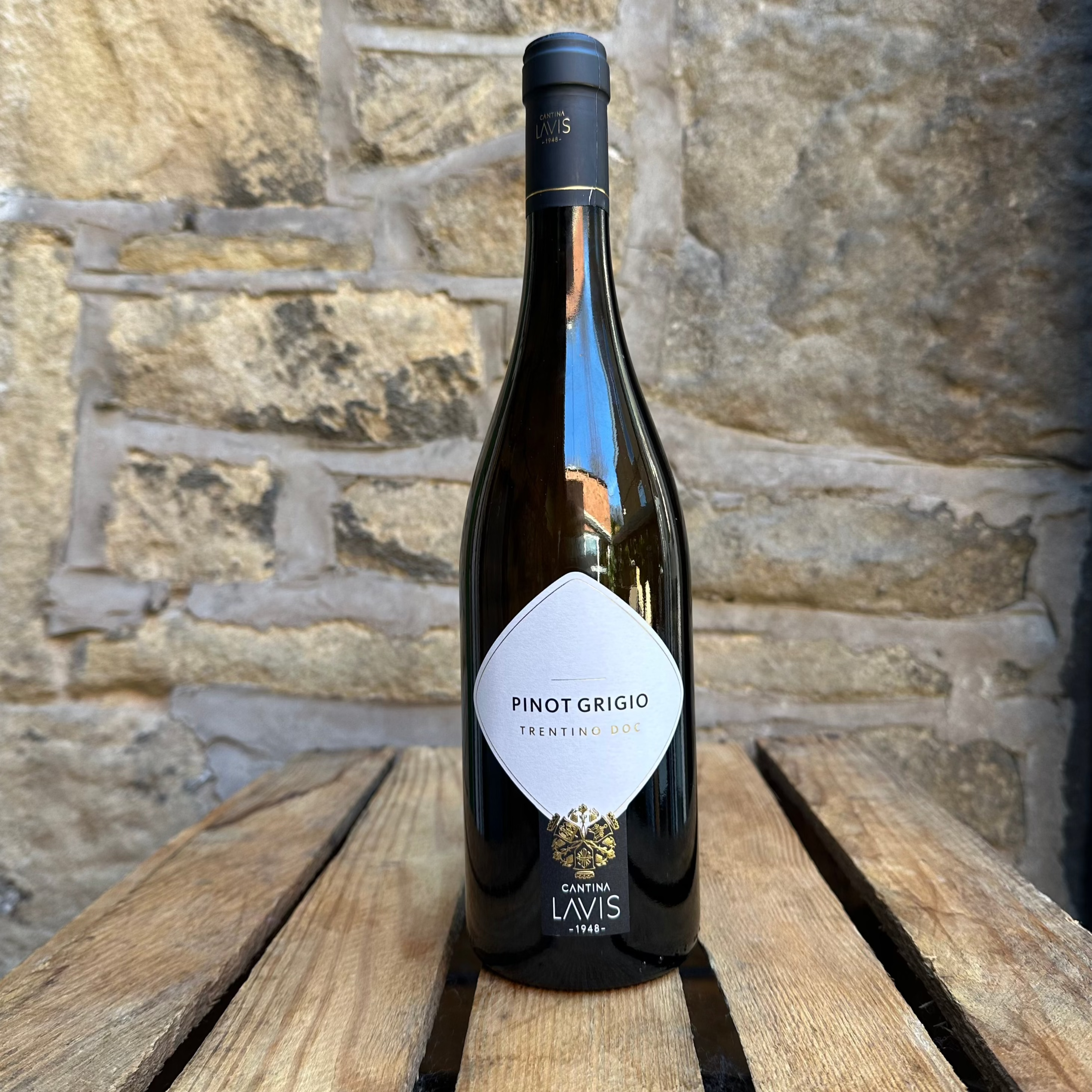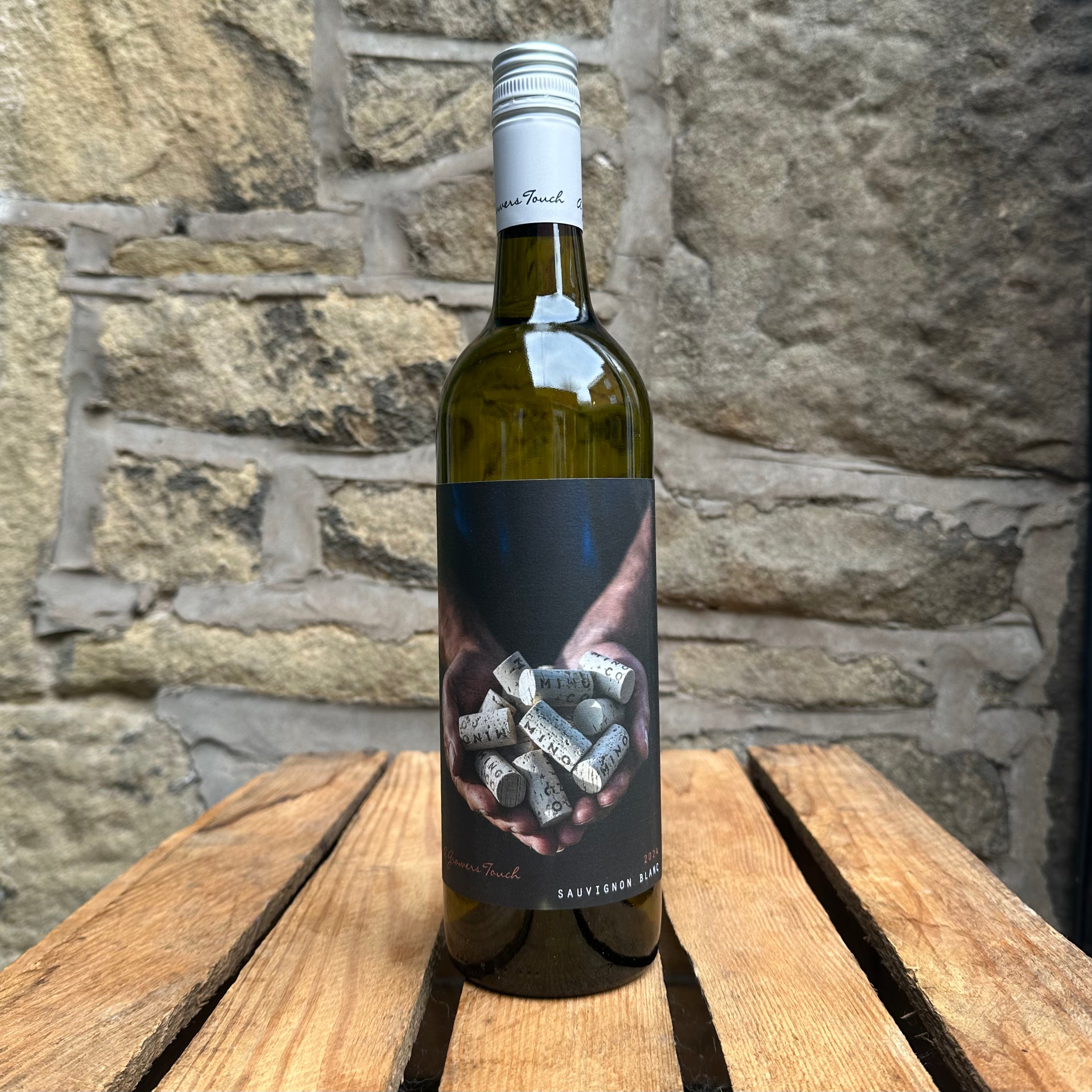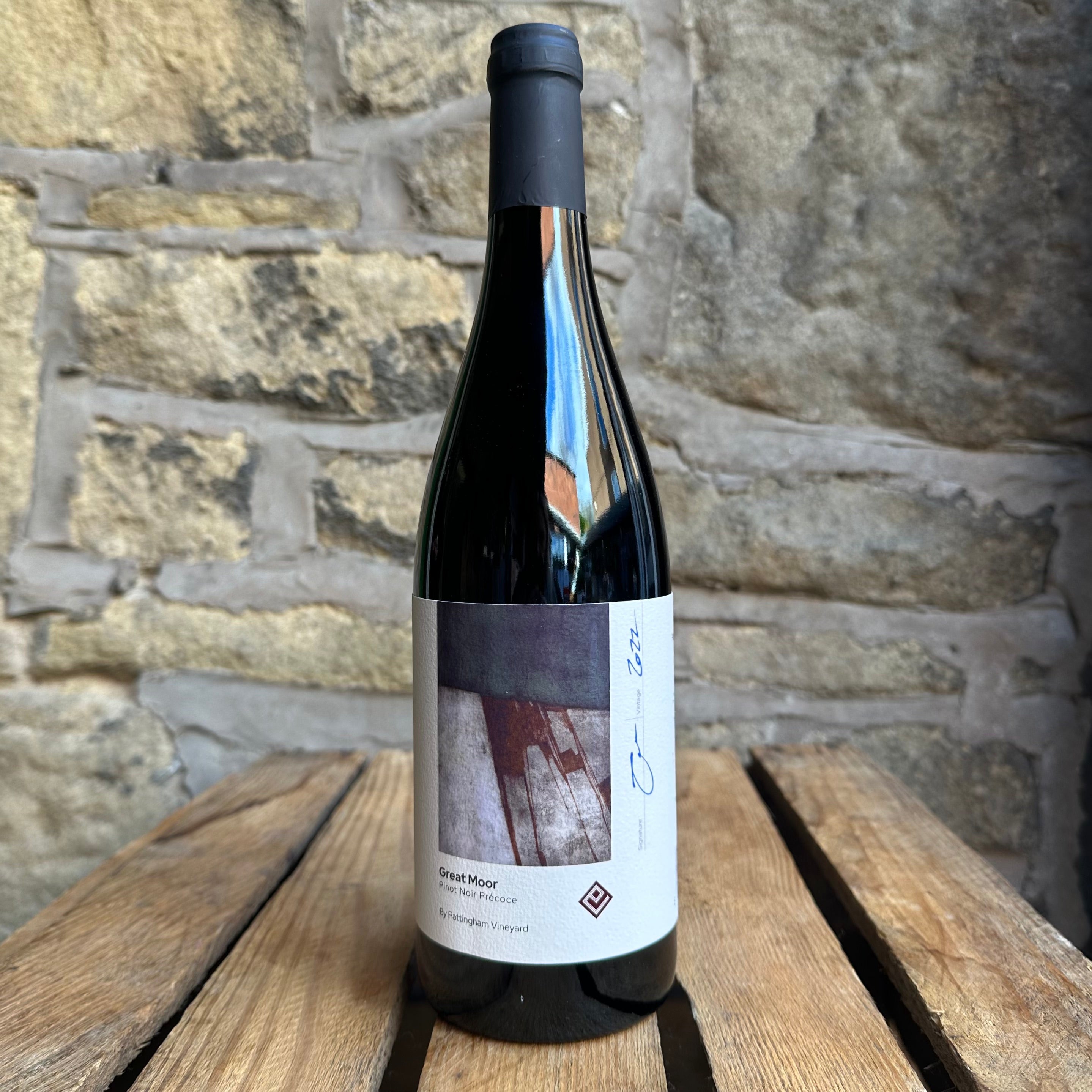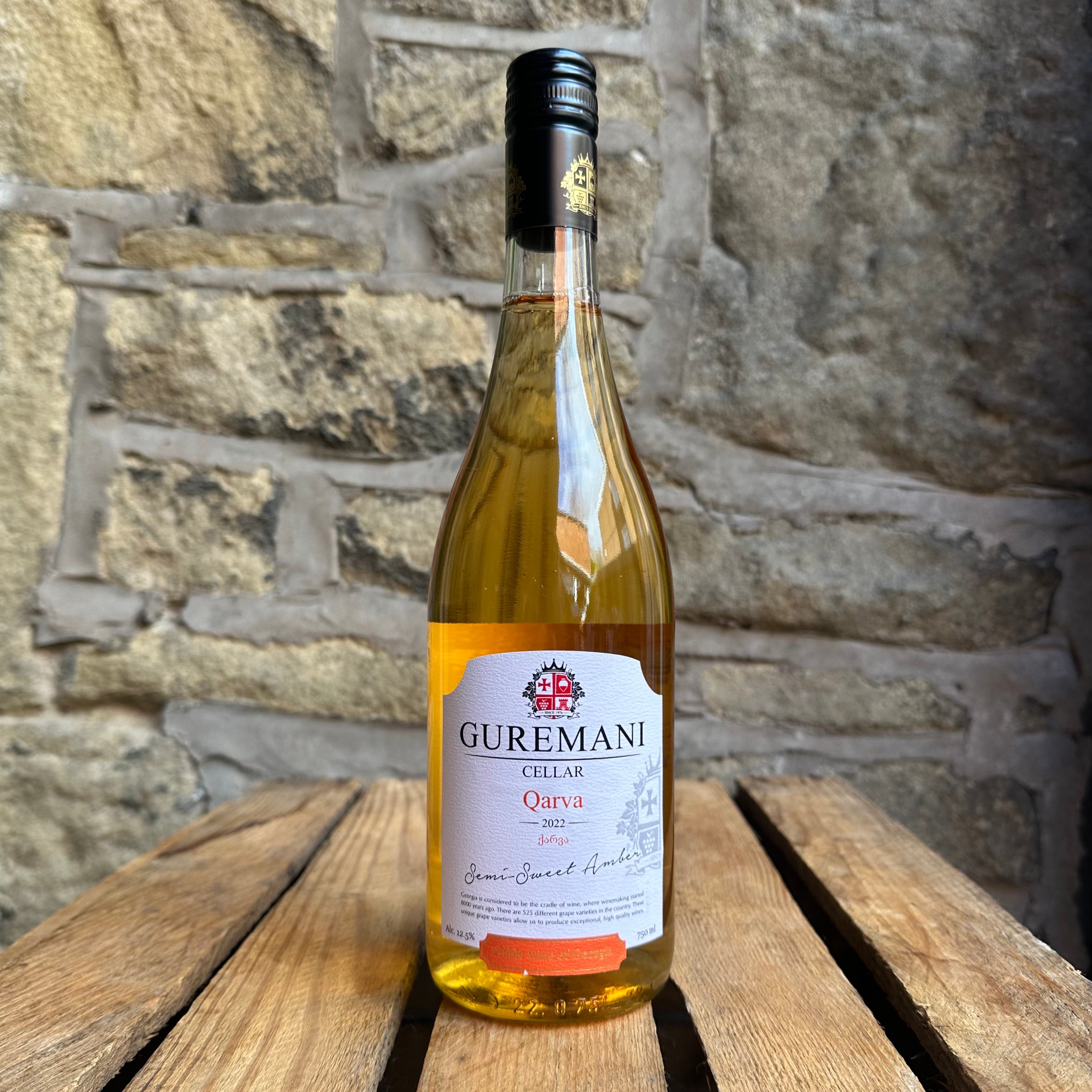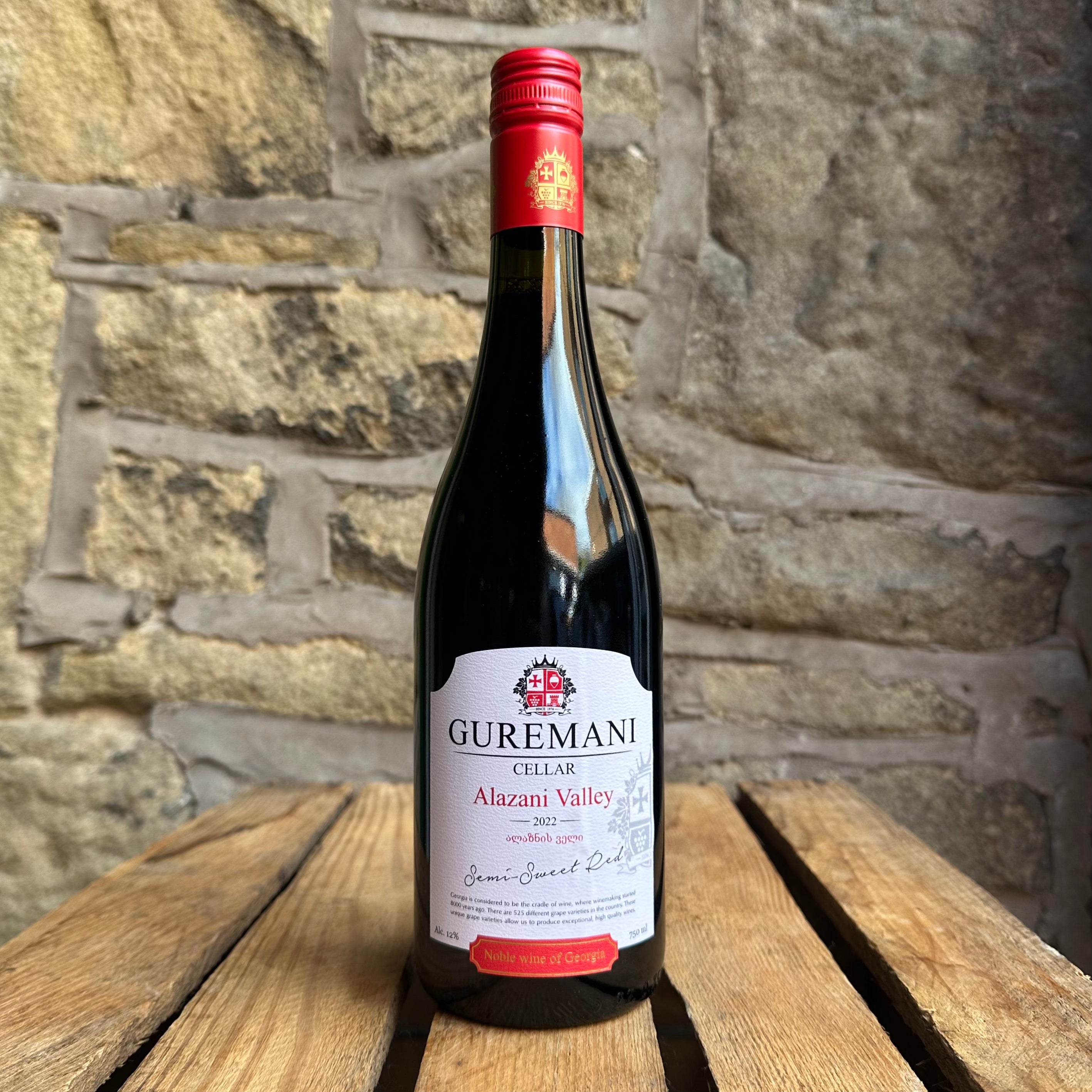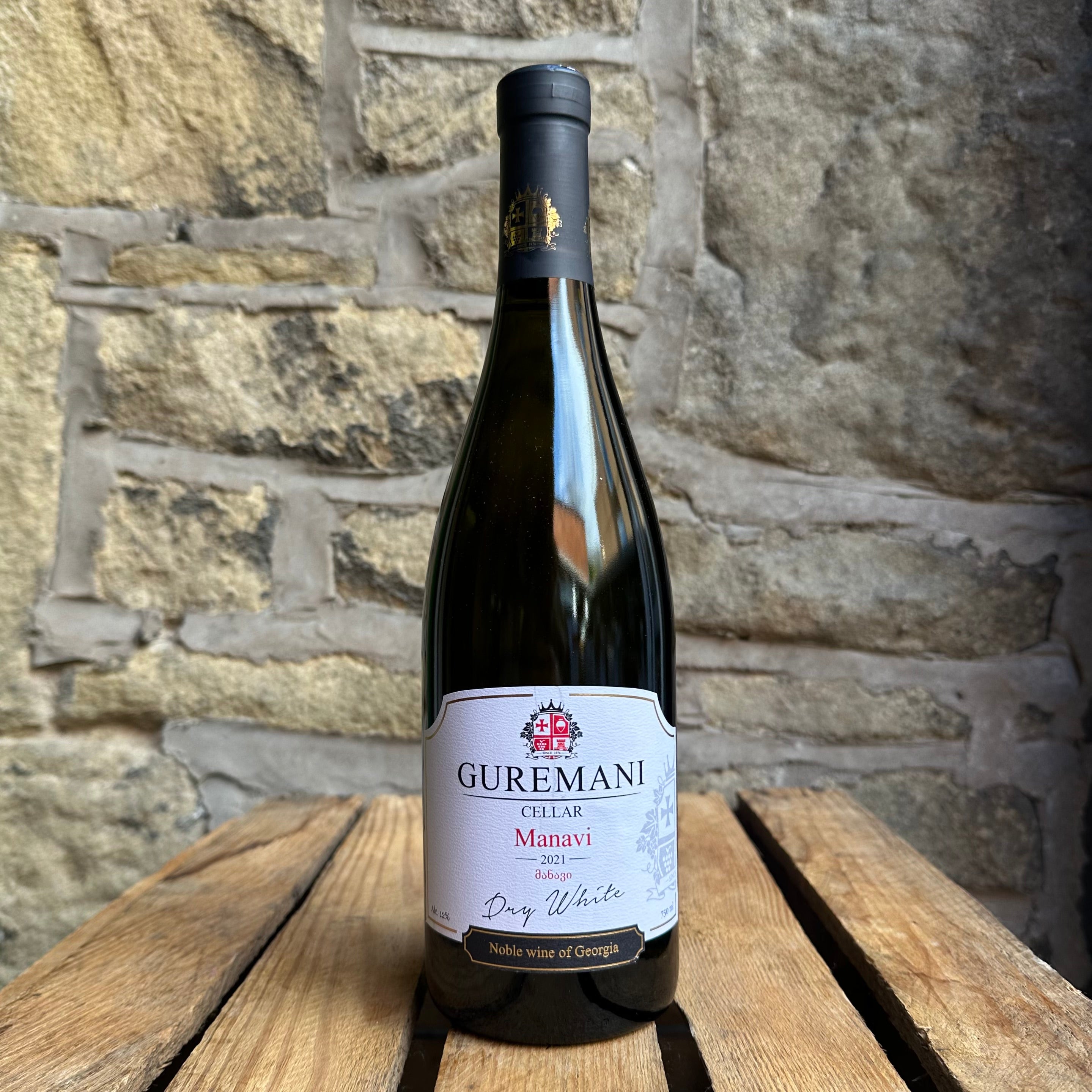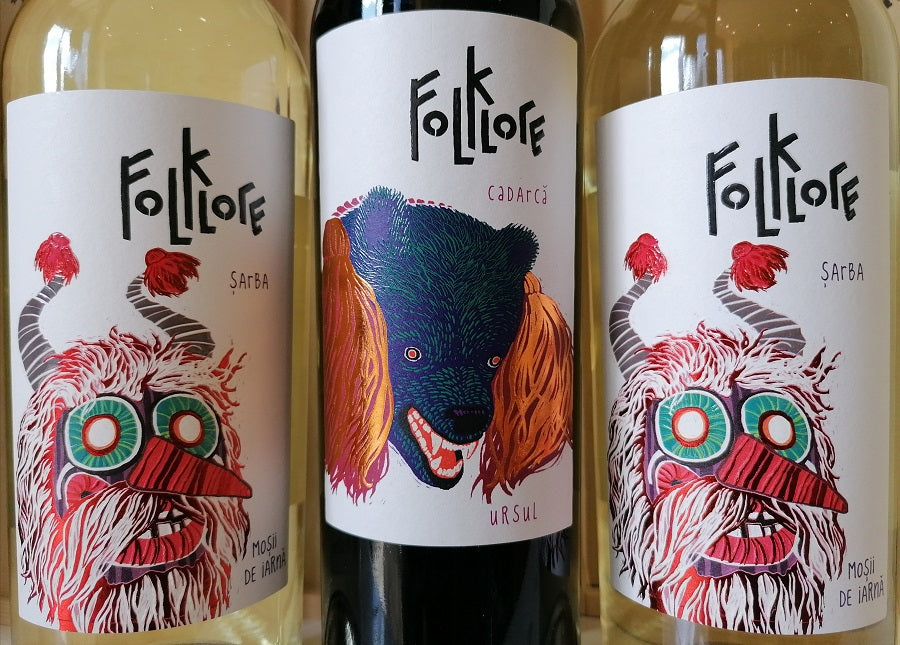
Grape Expectations

Even after nearly 13 years, the Turton Wines team can still be pleasantly surprised by unusual grape varieties to add to our collection. We explore more about two of our new favourites; the historic red grape of many names that is Cadarca, and the highly quaffable, yet rarely grown white grape that is Sarba.
CADARCA
The Cadarca grape has a long history in Eastern Europe. There is debate over its origins, but it is likely to have been discovered around in either Hungary or Romania, with one of the first places to use it for production of wine being the Minis region. Now part of western Romania, Minis has produced highly regarded Cadarca wines since the 17th century. In fact, their wines were prized by the emperor house during the reign of the Austro-Hungarian empire in the late 19th century.
Its growth across several countries of Easturn Europe has led to this red wine grape being known by a wide variety of names, such as Cadarca in Romania and Serbia, Kadarka in Hungary, and Gamza or Gumza in Bulgaria.
One way you may have come across it is in the Hungarian staple wine blend, Bull's Blood. Its deep taste and colour made it a favourite of this wine, although it is now much rarer due to other, easier yielding varieties such as Kekfrankos and Portugieser being favoured.
Those that have maintained growth of these vines have done so with passion and commitment, and it is still a native favourite in these countries. The vines need tight control maintained as the grape can be susceptible to rot and needs longer observation due to late ripening in late autumn. It also needs to be controlled in terms of yields, as the best examples are those of low to moderate yields.
Cadarca typically produces full bodied wines of deep ruby to purple colour, with a profile of forest fruits such as blackberry, ripe red fruits such raspberry and red cherry, and savoury elements such as cloves, leather and tobacco. Wines can be drunk in their youth, but further bottle ageing for 3 to 5 years can help reach a peak in complexity and flavour.
Our Romanian example uses grapes from Minis-Maderat DOC appellation, still regarded by many as the best area for Cadarca production. It is common for the wine to be part fermented with a measure of grapes that are dried on the vine with further air drying and selection after harvest. This brings deeper body and taste.
Folklore Cadarca (2019) has a deep ruby appearance with dominant perfume of red fruits, raspberry and subtle blackcurrant. The elegant, yet full palate has bright acidity, delicate tannins and the savoury touch of spice and pepper shades on the finish. Further ageing will bring richer forest fruits and layers of leather and tobacco.
To add to the mix, we also have the subtly lighter Takler Kadarka (2018 - pictured above) from the Szekszárd PDO of Hungary. Wine is tank fermented with a small proportion aged in 2nd and 3rd fill Hungarian oak. The resulting wine shows deep aromas of red berries and strawberries with fresh acidity completed by spicy red fruit flavours.
Try pairing either of these wines with spicy Spanish tapas, rich tomato pastas and pizzas, grilled and stuffed peppers or roasted vegetables.
SARBA
Moving on to another rare grape, Sarba is a white grape that is a hybrid of Romania's muscat-family Tamaioasa Romaneasca and Italian Riesling. It has been maintained in the hills of Vrancea in eastern Romania since 1972 and is not known to be found outside this area. However, it has been a native favourite of the country since its inception due to its easy drinking, dry and refreshing style.
Best drunk in youth, Sarba wines typically show delicate layered floral aromas of rose, basil and lime tree (lindenbloom), whilst the palate often exudes white stone fruit such as peach and apricot. Touches of honey are nearly always present, bring subtle sweetness on the crisp finish.
Folklore Sarba (2019) is a perfect example, hailing from the Cotesti DOC appellation in the Vrancea county area. A crystal clear, pale lemon wine with the classic aromas of rose and red peach joined by exotic fruits such as mango and papaya. Flamboyant in the mouth, well balanced and with the backbone of crisp acidity and subtle honey flowing throughout.
Perfect on its own as a summer's day drink, but if pairing with food, think light and fresh. Nibbles and canapes, antipasti, light fish and seafood dishes, chicken salads, turkey breast, asparagus, feta and goats cheese.

